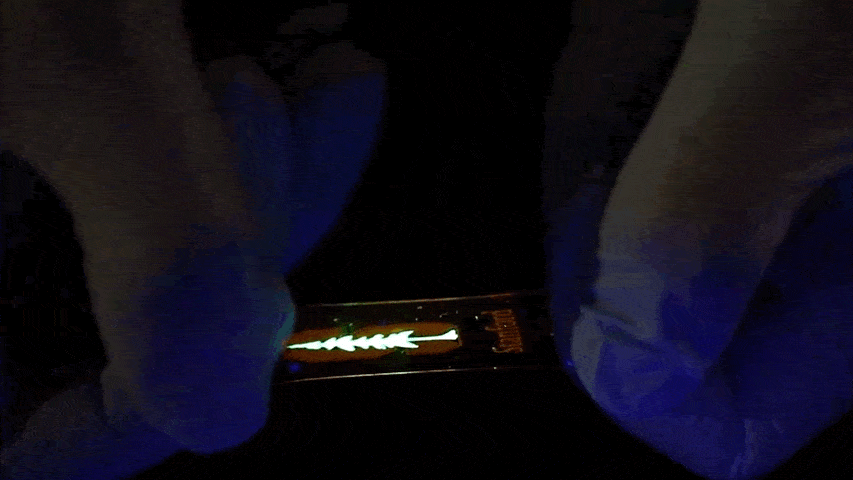Your Next Smartphone Could Feature an Elastic Display

- Oops!Something went wrong.Please try again later.
The era of flexible electronics is upon us.
In a new study published on Wednesday in the journal Nature, American and Chinese researchers developed an incredibly elastic material that can be used to make stretchable and bendable screens for smart devices—functional even when stretched out to twice its size. These stretchable materials could augment the wide variety of applications offered by the growing market of wearable technologies, potentially changing how we check our social media feeds, watch videos, monitor personal heart rates, and more.
Zhenan Bao, a chemical engineer at Stanford University who led the new study, told The Daily Beast that her team created the new material by mixing a light-emitting compound called Super Yellow with the springy, rubber-like polyurethane. In most circumstances, mixing two compounds like this would result in a material that is ill-suited to conduct electricity.
But Bao and her team were able to stumble on a perfect ratio that could allow electricity to move seamlessly across the surface (and therefore allow for light to pass through), while also boasting a rare elastic quality.
The research team used the material to create small yet very bright LED displays that could show off images like Stanford’s iconic redwood tree logo. Currently, the pixels are quite large, which affects the display’s resolution, but Bao and her team are working to downsize them and improve the resolution in upcoming prototypes. The team is also looking to make the material waterproof and airtight to prevent any damage to the material by water or oxygen—basically, something that might actually be viable for use in the real world.
This stretchy display is not yet equipped with the sort of computer parts needed to store and process information like most other wearable tech. But the researchers are hoping to create electronic circuits from this new, stretchy material as well. The combination of these displays with these circuits could help engineers form small sensors that could, say, monitor a patient’s oxygen levels, or help build interactive three-dimensional displays.
“We need these electronics to conform to the human body, not causing constraints or interruptions to our daily life,” Bao said. Who wouldn’t agree?
Got a tip? Send it to The Daily Beast here
Get the Daily Beast's biggest scoops and scandals delivered right to your inbox. Sign up now.
Stay informed and gain unlimited access to the Daily Beast's unmatched reporting. Subscribe now.

